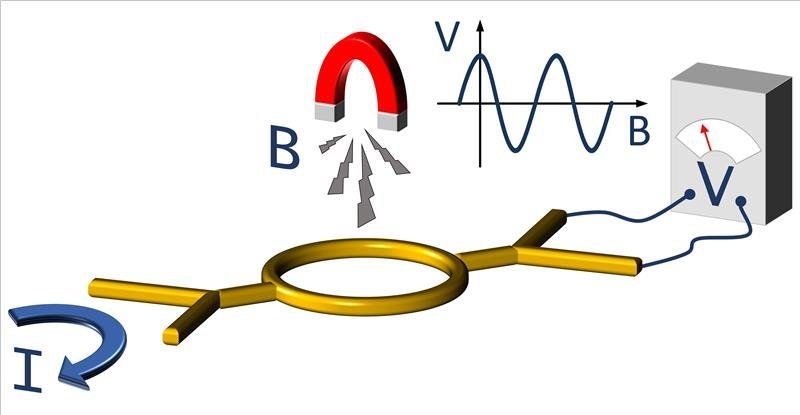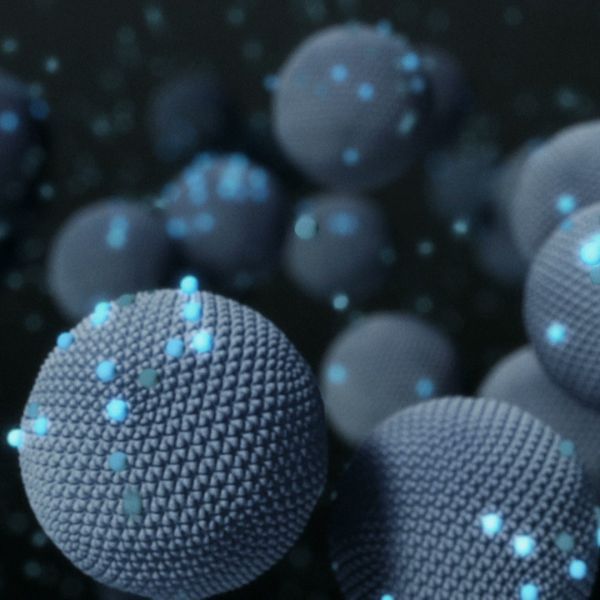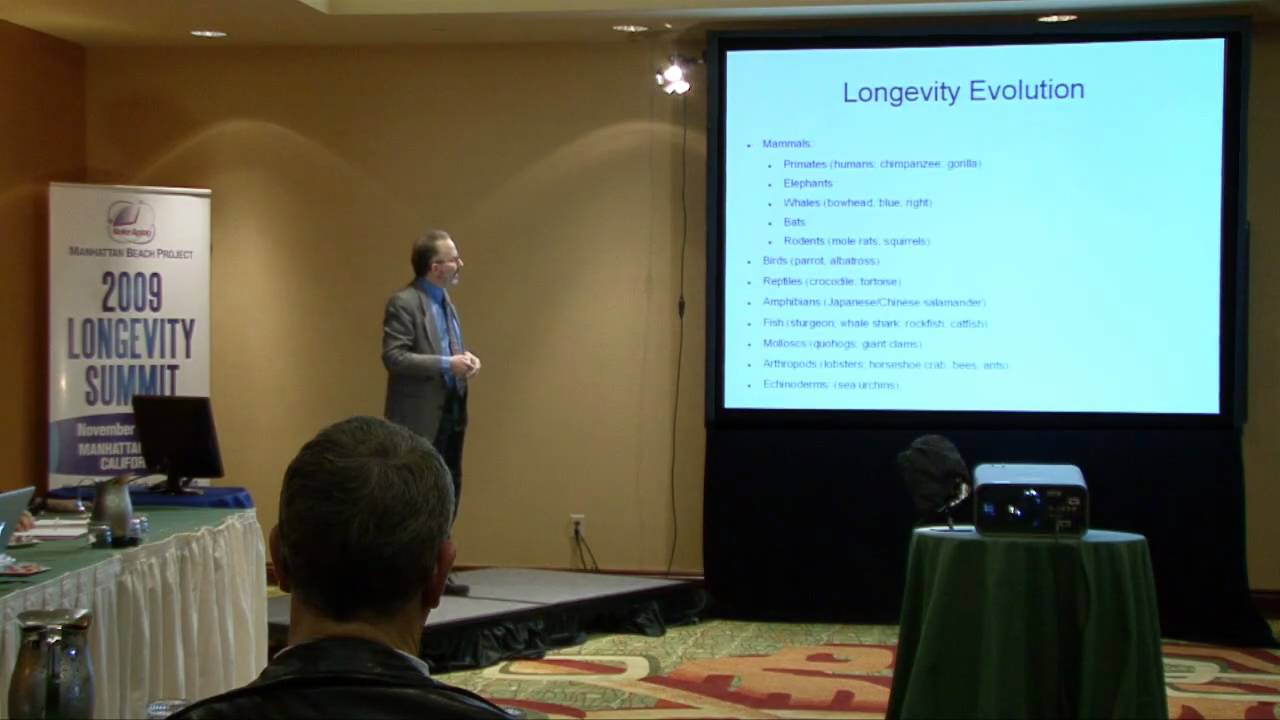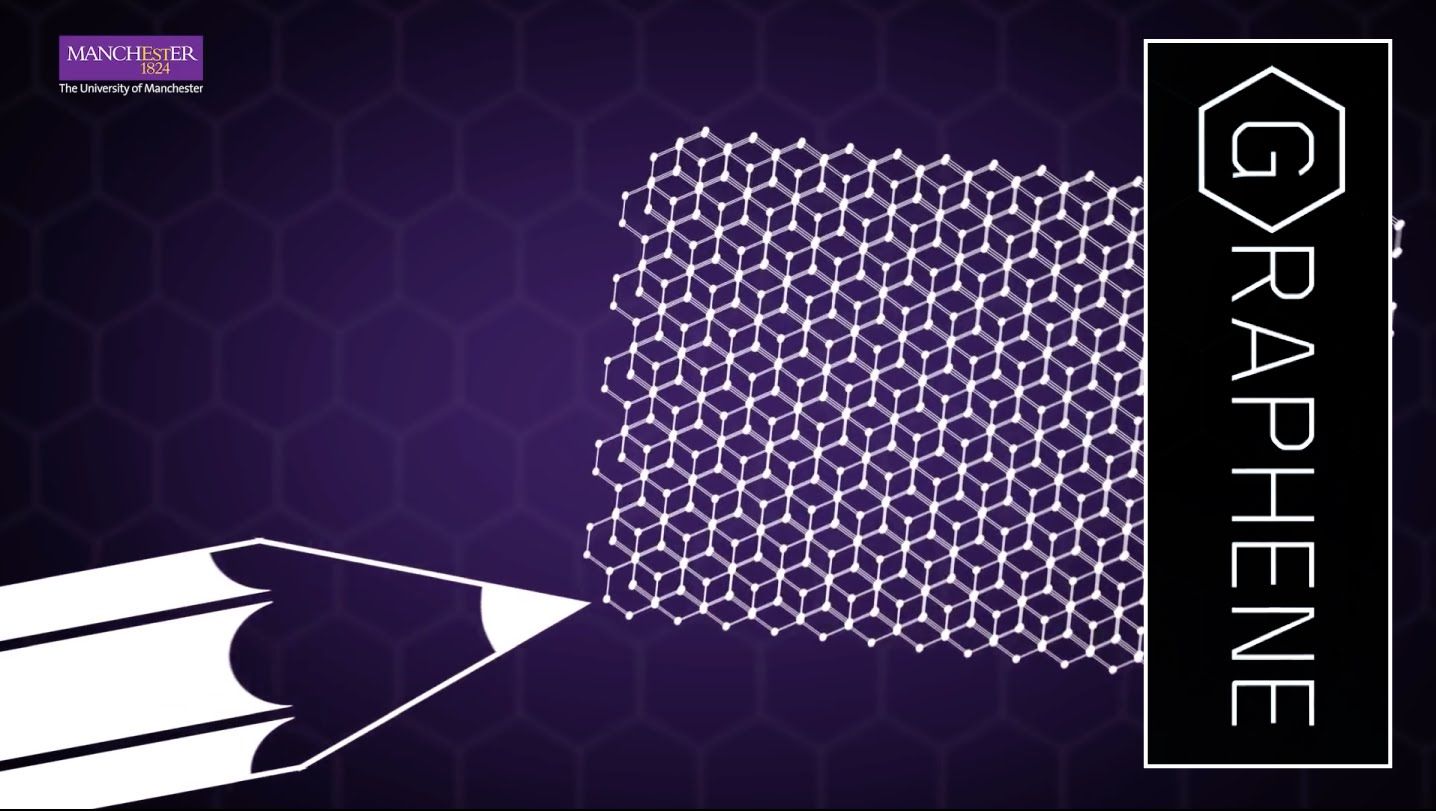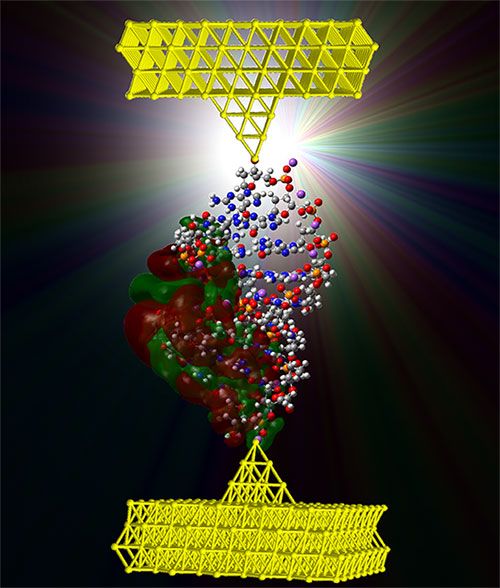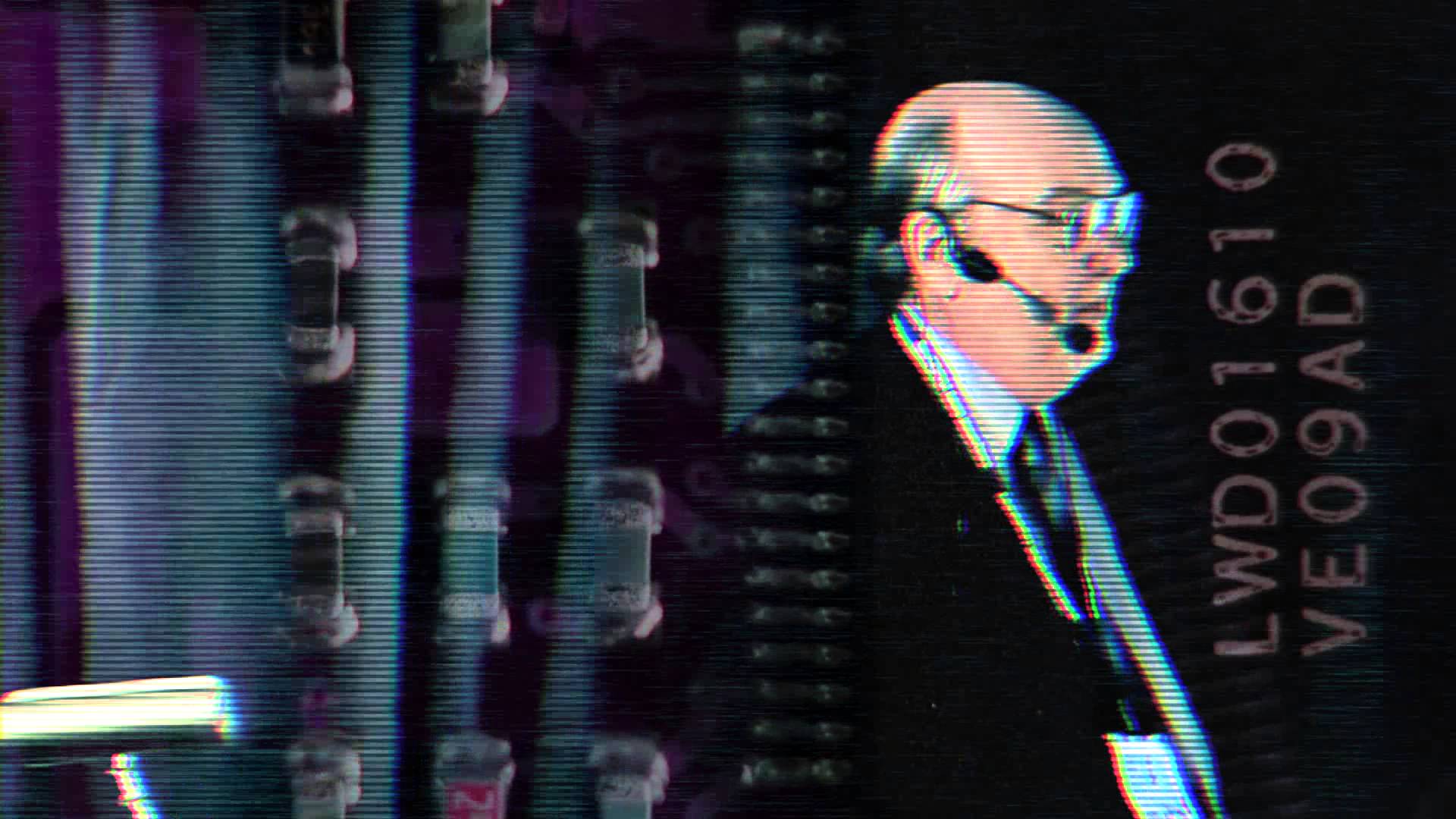Jan 9, 2016
Researchers discover new fundamental quantum mechanical property
Posted by Karen Hurst in categories: computing, nanotechnology, particle physics, quantum physics
Too cool.
Nanotechnologists at the University of Twente research institute MESA+ have discovered a new fundamental property of electrical currents in very small metal circuits. They show how electrons can spread out over the circuit like waves and cause interference effects at places where no electrical current is driven. The geometry of the circuit plays a key role in this so called nonlocal effect. The interference is a direct consequence of the quantum mechanical wave character of electrons and the specific geometry of the circuit. For designers of quantum computers, it is an effect to take account of. The results are published in the British journal Scientific Reports.
Interference is a common phenomenon in nature and occurs when one or more propagating waves interact coherently. Interference of sound, light or water waves is well known, but also the carriers of electrical current — electrons — can interfere. It shows that electrons need to be considered as waves as well, at least in nanoscale circuits at extremely low temperatures: a canonical example of the quantum mechanical wave-particle duality.
Continue reading “Researchers discover new fundamental quantum mechanical property” »
